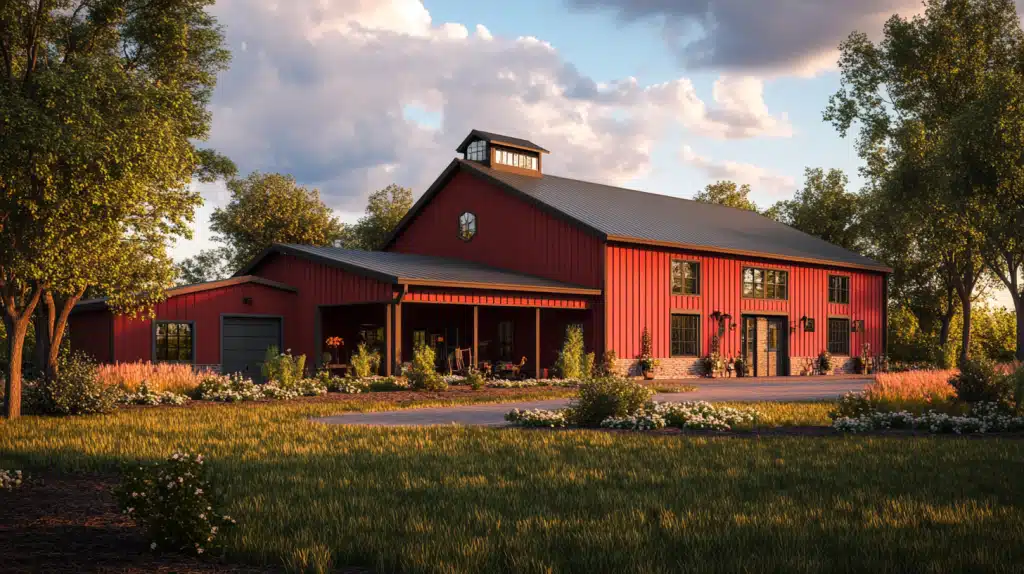Game development in 5is more demanding than ever, with players expecting hyper-detailed characters, lifelike environments, and cinematic cutscenes, pushing studios to balance artistic ambition with tight deadlines. Maya remains a cornerstone of the industry, powering modeling, animation, and rendering for high-quality assets that bring immersive worlds to life. However, as projects grow in complexity, rendering has become a major bottleneck, slowing production and making it harder to meet deadlines. To overcome this, many developers now rely on Maya render farms, leveraging distributed computing to significantly cut rendering times and streamline production workflows. By offloading intensive rendering tasks, studios can focus on refining artistic elements instead of waiting hours, or even days, for high-fidelity assets to process, making render farms a game-changer for teams striving to maintain visual excellence under strict timelines.
The Role of Maya in Modern Game Development
Maya has long been a staple in the industry, widely used by both AAA studios and indie developers to create 3D assets that define the visual identity of a game. It plays an essential role in crafting detailed character models, realistic animations, and expansive environments. The ability to develop assets in Maya and seamlessly integrate them into game engines such as Unreal Engine and Unity makes it a preferred choice for many studios. Beyond in-game assets, Maya is instrumental in producing high-quality pre-rendered cinematics that add depth to storytelling. These cinematics are often used to enhance the narrative experience, creating moments that are visually richer than what real-time rendering can achieve within the game engine itself.
In addition to cinematic sequences, Maya is crucial for developing promotional materials, including high-resolution character renders and trailers that capture the attention of players and investors alike. The demand for hyper-realistic visuals in marketing campaigns has driven studios to push the limits of graphical fidelity, making efficient rendering solutions even more necessary. As gaming technology continues to evolve, the need for Maya’s robust modeling and animation capabilities remains stronger than ever.
Rendering Challenges in Game Development
While real-time rendering has improved significantly with advancements in game engines, many studios still rely on pre-rendered cinematics and high-detail assets for certain elements of production. The sheer complexity of modern game assets means that rendering high-resolution models, detailed environments, and intricate animations can take an immense amount of time. With cutscenes often requiring cinematic-quality lighting, reflections, and effects, rendering these elements in-house can become an overwhelming task, particularly for studios working on multiple projects simultaneously.
The challenge extends beyond cinematics, as pre-rendered assets are also needed for promotional content, in-game UI elements, and special effects that require levels of detail beyond what real-time engines can efficiently produce. As rendering times increase, production schedules become tighter, and any delays in rendering can have a domino effect on the entire pipeline. When every second counts in a competitive industry, waiting on slow renders can result in missed deadlines, increased costs, and an inability to iterate on creative ideas as quickly as needed.
How Maya Render Farms Speed Up Production
To combat these bottlenecks, studios have increasingly integrated Maya render farms into their workflow. A render farm distributes rendering tasks across multiple machines, significantly reducing the time required to process high-detail frames. Instead of relying on a single workstation to handle the computational load, studios can offload rendering to a network of powerful machines, allowing artists to continue working on other aspects of the project without interruptions. This approach not only speeds up production but also allows for greater flexibility when making revisions, as new renders can be processed faster without derailing the entire schedule.
Beyond the speed benefits, using a render farm can be more cost-effective than investing in additional high-end hardware for local rendering. Instead of purchasing and maintaining multiple powerful workstations, studios can scale their rendering capacity as needed, reducing overhead costs while still ensuring optimal performance. For large-scale projects with heavy rendering requirements, this efficiency can mean the difference between meeting deadlines and falling behind schedule.
Cloud-Based Rendering: A Game-Changer for Indie and AAA Developers
As the industry moves toward more scalable and flexible solutions, cloud-based rendering has emerged as a vital resource for both indie and AAA developers. Cloud-based render farms eliminate the need for expensive in-house hardware by allowing studios to access powerful computing resources on demand. This shift has been particularly beneficial for smaller teams that may not have the budget for a dedicated render farm but still need to produce AAA-quality assets.
One of the greatest advantages of cloud rendering is its ability to scale based on project demands. Studios can allocate more computing power during peak production periods and scale back when less rendering is needed, optimizing both time and cost efficiency. Cloud-based render farms also enable teams to collaborate more effectively by allowing multiple artists to submit rendering tasks remotely, reducing bottlenecks and ensuring a smoother workflow.
By leveraging cloud rendering, studios can maintain a high level of graphical fidelity without being constrained by hardware limitations. This has made it possible for indie developers to create visually stunning games that can compete with larger studios, leveling the playing field in an industry that is becoming increasingly competitive. As cloud-based solutions continue to evolve, they are likely to become even more integral to the future of game development.
Real-World Applications: Studios Using Maya Render Farms
Many leading game studios have already embraced Maya render farms to streamline their production pipelines. From large AAA developers creating cinematic-quality trailers to indie studios producing high-fidelity promotional assets, the benefits of distributed rendering are clear. In the development of major game titles, render farms have enabled artists to iterate quickly on character animations and cutscenes, refining details that would have otherwise been impractical due to long rendering times.
Indie developers have also found render farms to be an invaluable tool, allowing them to create high-end assets without the infrastructure of a large studio. By utilizing cloud-based rendering services, smaller teams can produce complex environments and character animations at a fraction of the time it would take using local resources. This has allowed indie studios to push creative boundaries and deliver visually impressive experiences that rival those of bigger developers.
The integration of render farms has also played a significant role in the development of virtual reality and augmented reality experiences. With VR and AR requiring high-resolution assets rendered at consistent frame rates, render farms have helped ensure that these immersive experiences maintain the level of quality necessary to engage players effectively.
Conclusion
The demand for high-quality 3D assets in modern game development continues to rise, making efficient rendering solutions a necessity. Maya remains an essential tool for character design, environment creation, and cinematic cutscenes, but the complexity of these assets presents significant rendering challenges. By utilizing render farms, studios can overcome these obstacles and accelerate production without sacrificing quality.
Cloud-based rendering has also further revolutionized the industry by providing scalable, cost-effective solutions for both indie and AAA developers. With the ability to offload rendering tasks to high-performance computing networks, studios can focus on creativity rather than waiting on lengthy renders. As the gaming industry evolves, the role of render farms in optimizing workflows and enhancing graphical fidelity will only continue to grow. By embracing these advancements, developers can meet tight deadlines, refine their artistic vision, and push the boundaries of what is possible in game development.




















